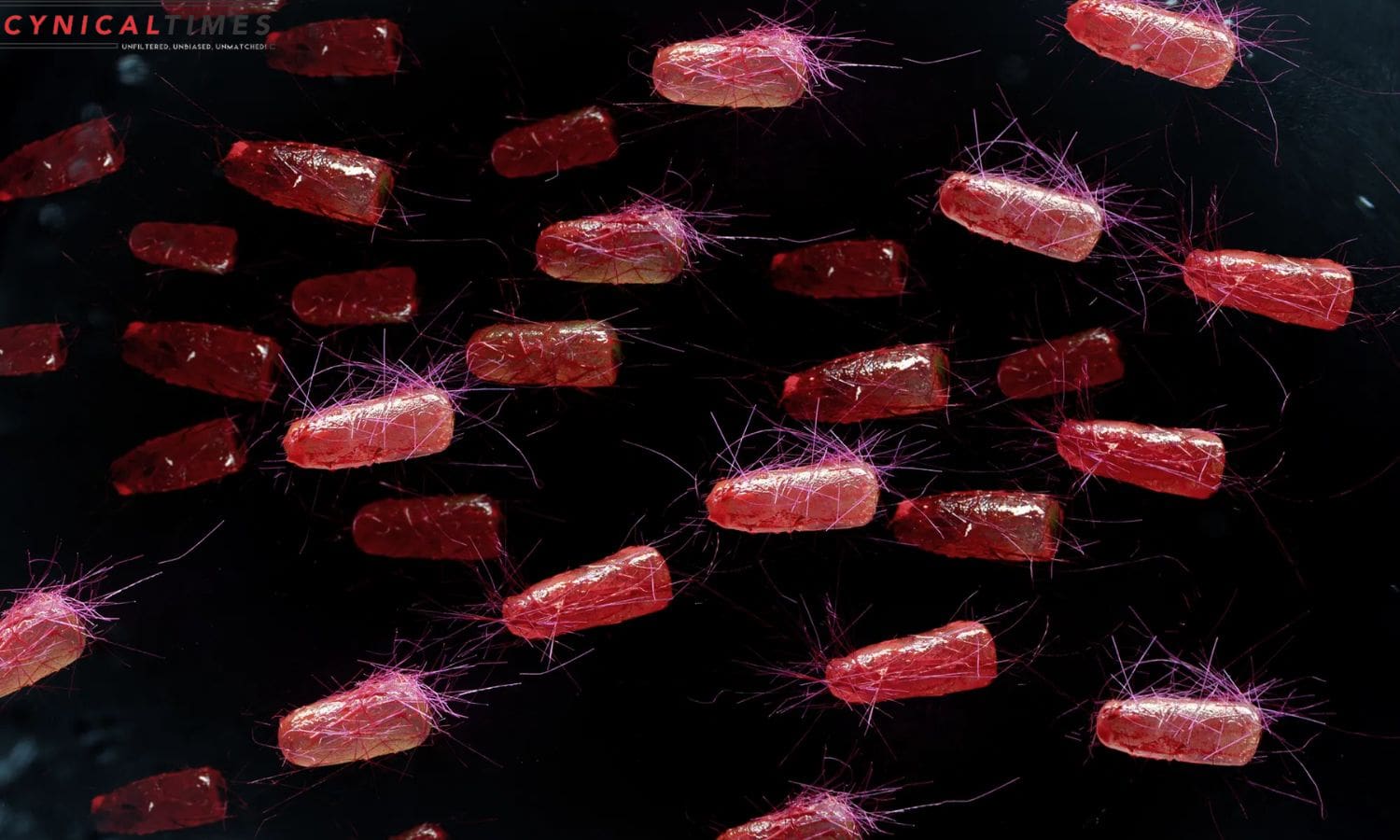Bacteria Iron Will: The University of Texas and University of Delaware discovered a possible memory system in Escherichia coli, a significant discovery. Despite lacking a brain or nervous system, E. coli appears to remember past events and act accordingly. The study involved extensive bacterial swarming assays, with over 10,000 experiments conducted.
The researchers exposed E. coli cells to various environmental factors to observe their swarming behavior. Intriguingly, they found that intracellular iron levels were a significant predictor of swarming activity. Lower iron levels were associated with faster and more efficient swarming, while higher levels led to a more settled lifestyle for the bacteria.
What sets this discovery apart is the observed memory aspect. After experiencing low iron levels during a swarming event, the E. coli cells retained a memory of this condition. Subsequent generations of cells, derived from the original mother cell, demonstrated an even faster and more efficient swarming response when exposed to low iron levels. Impressively, this “iron memory” persisted for at least four successive generations of daughter cells.
The study suggests that E. coli possesses a form of memory that influences its behavior over several generations. While the researchers have not yet identified the molecular mechanism behind this potential memory system, the strong association between intracellular iron levels and intergenerational swarming behavior implies a level of persistent conditioning.
The findings have broader implications, as an iron-based memory system could aid E. coli in adapting to challenging environmental conditions or antibiotics. Understanding bacterial behavior at this level could contribute to more effective strategies for combating bacterial infections. The study underscores the complexity and adaptability of even the simplest forms of life, providing valuable insights into the evolution and behavior of bacteria.
Also Read:Retire Rich in Memories Not Just Money: A Playbook for a Fulfilling Retirement
Our Reader’s Queries
What is the role of iron reducing bacteria?
The impact of iron-reducing bacteria (IRB) on biocorrosion is a topic of debate. Some studies suggest that IRB can actually protect carbon steel, while others argue that they may contribute to corrosion by reducing and removing passive films of ferric compounds on the metal surface. The role of IRB in biocorrosion remains an area of ongoing research and investigation.
What is the bacteria reduction of iron?
Iron reduction is a process where iron reducing bacteria (IRB) interact with rocks in the reservoir to convert Fe3+ into Fe2+. This is achieved through the reaction (5.4) H2+Fe2O3?2FeO+H2O. Compared to methanogenesis and acetogenesis reactions, the latter two reactions produce twice as much water per unit mass of hydrogen. This excess water can be utilized for various purposes.
What does bacteria use for iron uptake?
Bacteria need iron to meet their nutritional needs, and they get it from different sources like transferrin and lactoferrin proteins found in the host, heme, and siderophores – low molecular weight iron chelators.
What does iron bacteria do to your skin?
While iron may be a valuable source of energy within the body, it can actually be detrimental to the health of your skin when found outside of it. This is due to the fact that iron residue in water can cause damage to healthy skin cells. The buildup of this residue, also known as soap scum, can accumulate on the skin and clog pores that are essential for maintaining healthy skin. Therefore, it is important to be mindful of the potential negative effects of iron on your skin and take steps to protect it accordingly.

